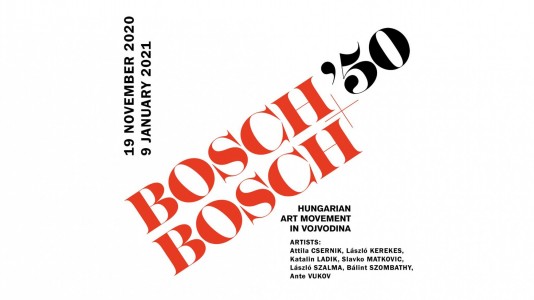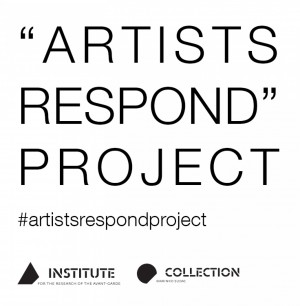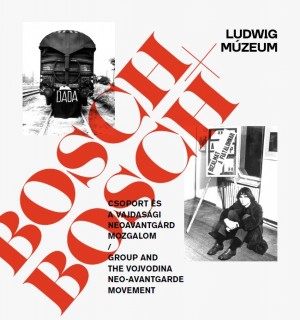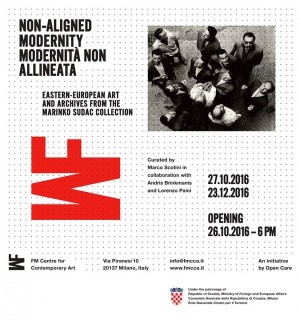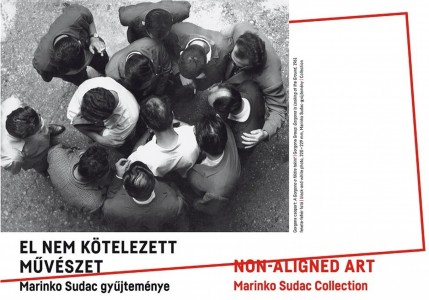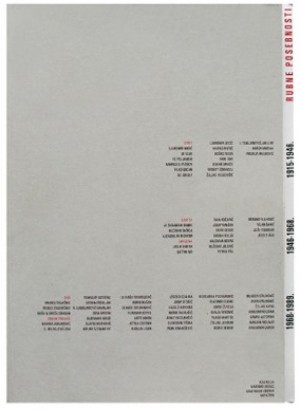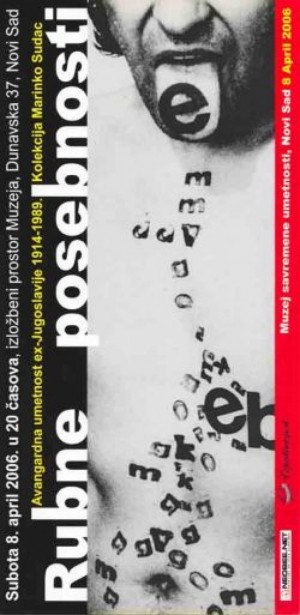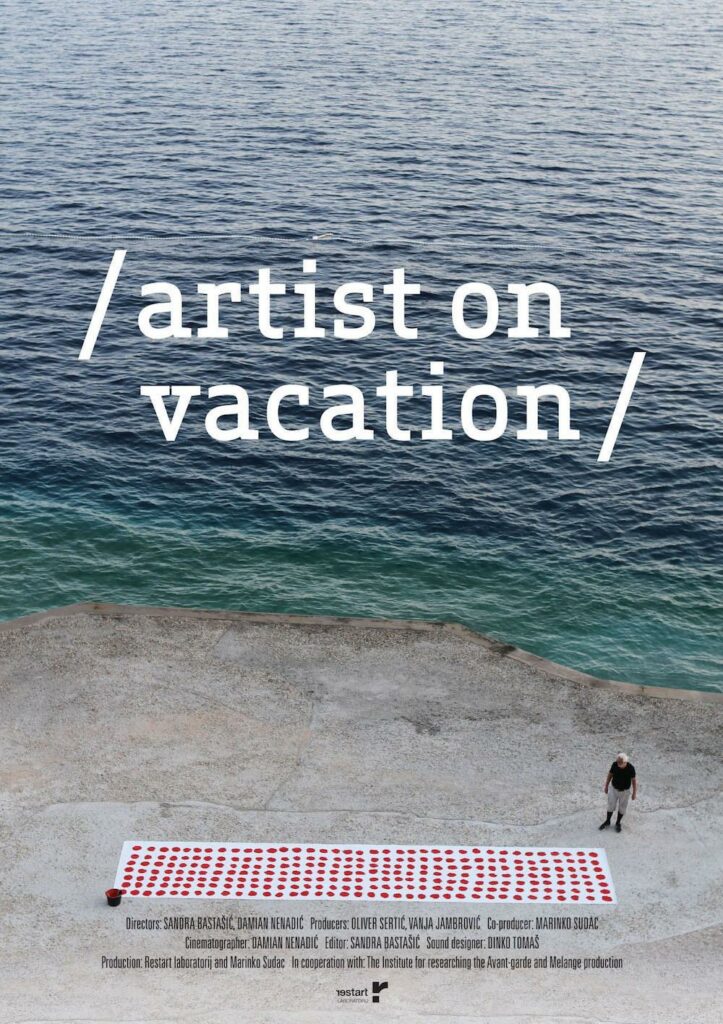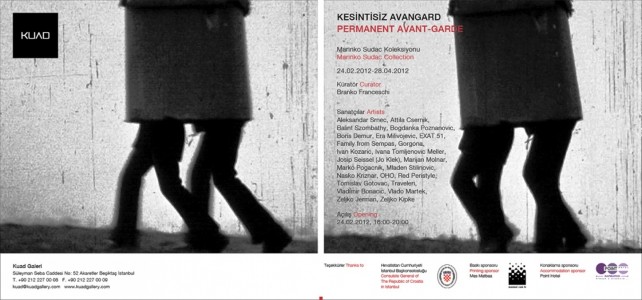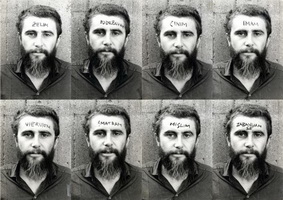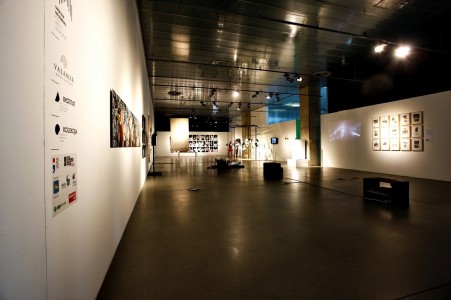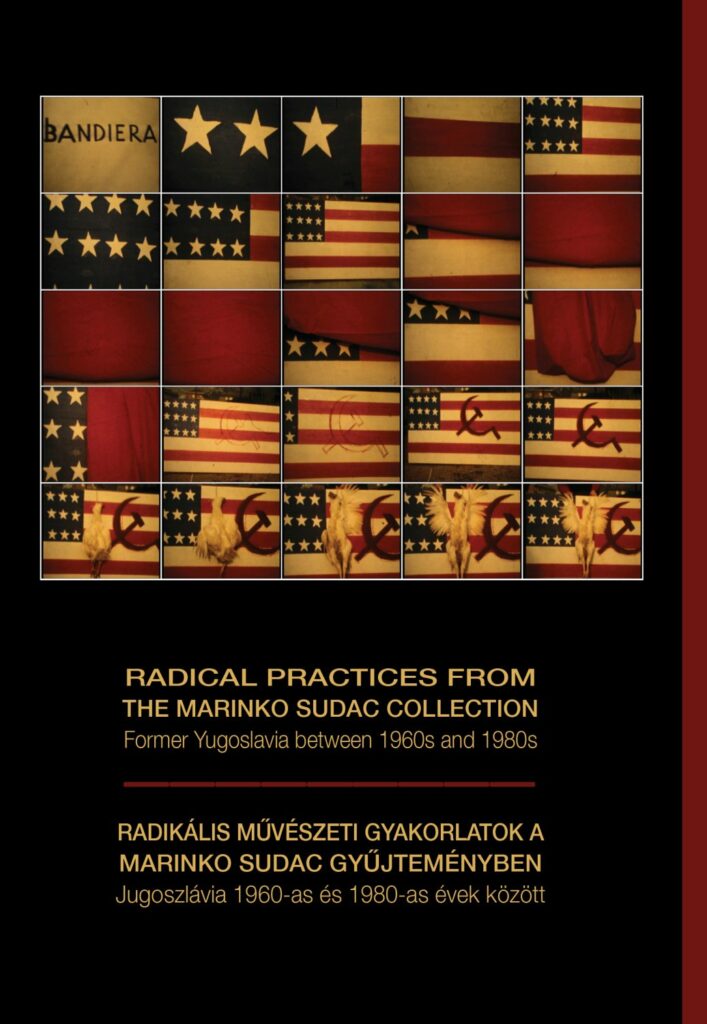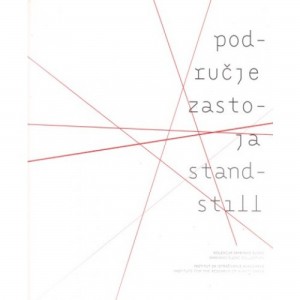BÁLINT SZOMBATHY
Biografija

Ex Jugoslavija
1968-1989
Bálint Szombathy was born in 1950 in Pacsér (Pačir, Vojvodina, Serbia).
He is a multimedia artist, art historiographer, literary writer, editor and a researcher of beauty.
He is known for two internationally renowned innovations. In 1970, he made his first drawings representing the path of the ball by tracing television broadcasts of soccer games. In the ’80s, he introduced the medium of phototelegraphy (wire-photo) in visual arts.
He is a founding member of the Bosch+Bosch Group. He was also present from the start in the Dezső Kosztolányi Literary Circle, founded in 1968 in Subotica. In 1970, he moved to Novi Sad, where he became the graphic editor of the Új Symposion journal. Until 2000 – simultaneously with his international artistic activity – he worked in the capital of Vojvodina as an editor at various periodical and book publishers.
The main characteristics of his ample and continuously growing oeuvre are intermediality and the combination of genres. Each medium has a similar weight in his work, from performative pieces centred on intervention through variegated mail art and visual poetry to the object- and installation-centred works of recent decades. He is a nomad artist, who has never delved into painting.
The fundamental elements of Szombathy’s activity are its referentiality to the poetic experimentalism of the classical avant-garde as well as the endorsement of the critical attitude of activism.
The significance of activism and ideological criticism in his works was already visible in his two anti-war actions in 1968; however, it was not until the early 1970s that he began to pursue activities exhibiting systematically subversive thought. The first instance of using ideological symbols and objects was in his outdoor action Flags in 1971, which also marked the beginning of the intensive involvement of photography in his creative process.
His two emblematic series were conceived immediately after Flags. His photo performance Bauhaus from 1972 symbolically placed one of the pivotal institutions of the avant-garde into his personal living space. As opposed to this, Lenin in Budapest focused on the Hungarian context, and owing to its public nature, this action raised utterly different questions, revisiting the 1956 revolution and subsequent Soviet intervention or the events of 1968.
Szombathy’s more radical performances, exploring the limits of his own body, took place during the Yugoslav War in the ’90s (Flags I-II.; Chimneys), overlaying immediate references of historical events onto the ideological layers.
Projekti u kojima su izlagani radovi
umjetnički utjecaji
BÁLINT SZOMBATHY utjecao je na:
Ex Jugoslavija
1968-1989
Ex Jugoslavija
1968-1989
Ex Jugoslavija
1968-1989
Ex Jugoslavija
1968-1989
Ex Jugoslavija
1968-1989
Ex Jugoslavija
1968-1989
STUDIO-KAPELICA GYÖRGYJA GALÁNTAIJA
Mađarska
1968-1989
Na BÁLINT SZOMBATHY utjecali su:
Mađarska
1915-1946
Njemačka
1915-1946
Ex Čehoslovačka
1968-1989
Ex Jugoslavija
1968-1989
Ex Jugoslavija
1946-1968
Ex Jugoslavija
1915-1946
Ex Jugoslavija
1968-1989
Ex Jugoslavija
1968-1989
Ex Jugoslavija
1968-1989
Ex Jugoslavija
1968-1989
Ex Jugoslavija
1968-1989
STUDIO-KAPELICA GYÖRGYJA GALÁNTAIJA
Mađarska
1968-1989
Mađarska
1968-1989

